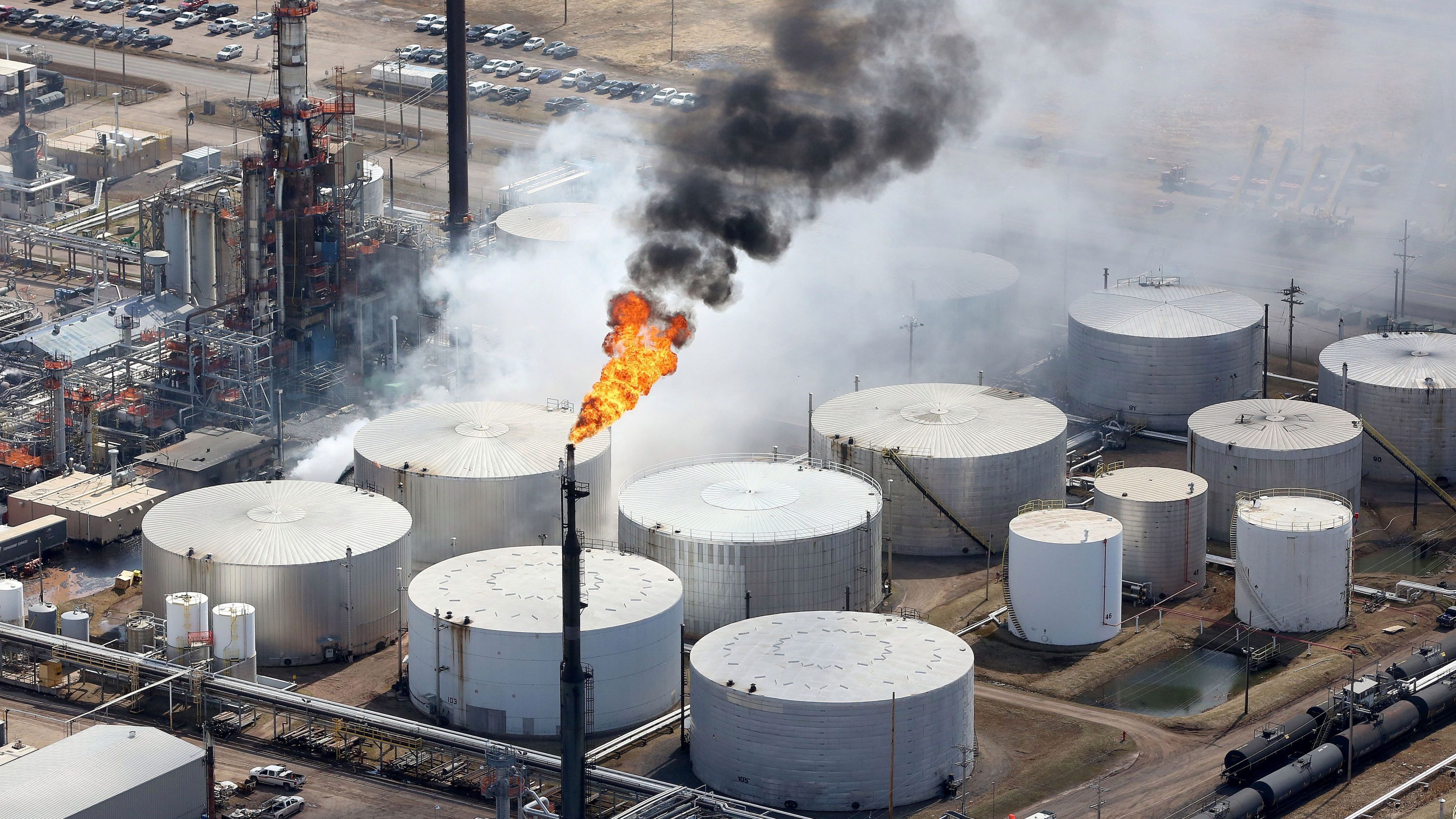For seven straight years, the US has pumped more oil and gas out of the ground than any other country. That lead will only widen, states the US Energy Information Administration (EIA). The independent energy statistical agency describes the US as “the undisputed oil and gas leader in the world over the next several decades.” It comes as Russia and Saudi Arabia are constraining production to lift prices, while new technology is making vast new pools of once unprofitable hydrocarbons economical to extract in the US.

In an analysis released May 21, the EIA estimates that the US pumped the equivalent of 30 million barrels of oil per day in 2017, a record high. (The figure includes all hydrocarbons such as natural gas, crude oil and others.) That puts the US well ahead of other major producers, including Russia and Saudi Arabia. US natural gas production stole the top spot from Russia in 2008, and exceeded Saudi Arabia’s oil production in 2013. Since 2008, US petroleum and natural gas production has jumped nearly 60%.

One of USA oil production fields
What happened? New fracking and drilling technology unlocked cheap ways to extract US shale oil and natural gas, even as consumption stayed steady. That has allowed the US to satisfy more of its own consumption, while relying on Canada for most (40%) of its imports. Petroleum imported from Persian Gulf countries now accounts for just 1.74 million barrels per day, or 17% of the total.

The US Oil map
While good news for the US economy, it has done nothing to stem the overwhelming threat confronting the planet: rising temperatures. Scientists agree the pace of climate change from human emissions is now unprecedented. If catastrophic global warming is to be stopped, we need to aim for zero greenhouse gas emissions as soon as possible. The period when we can safely burn our hydrocarbons is almost over.

